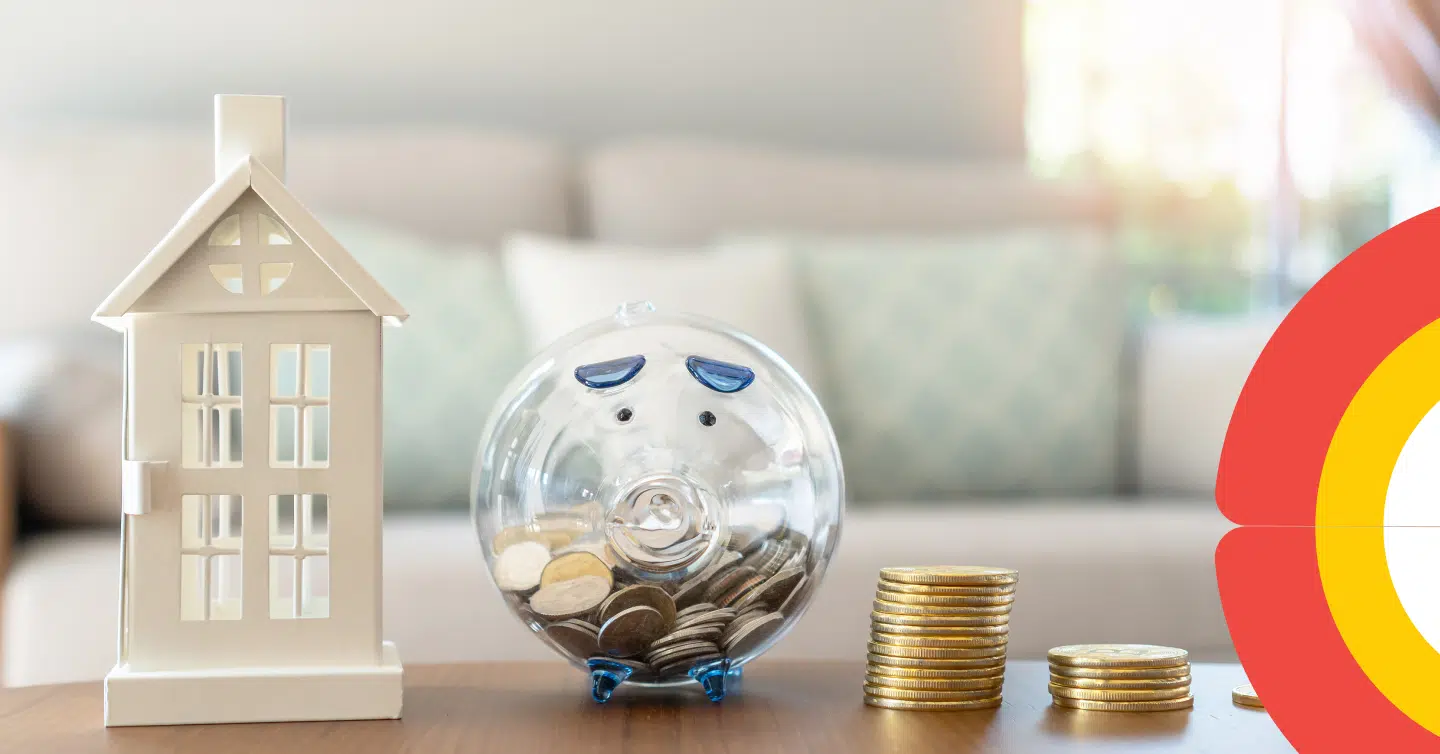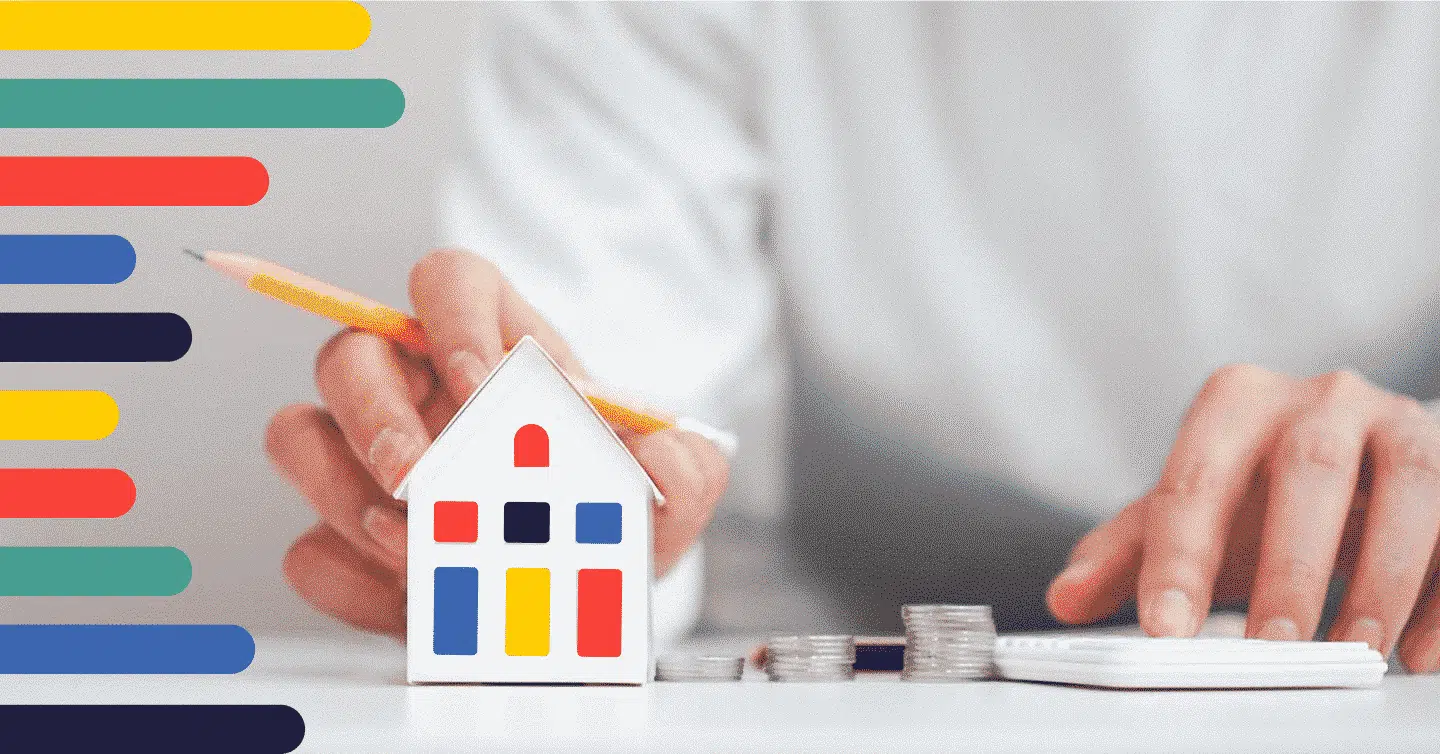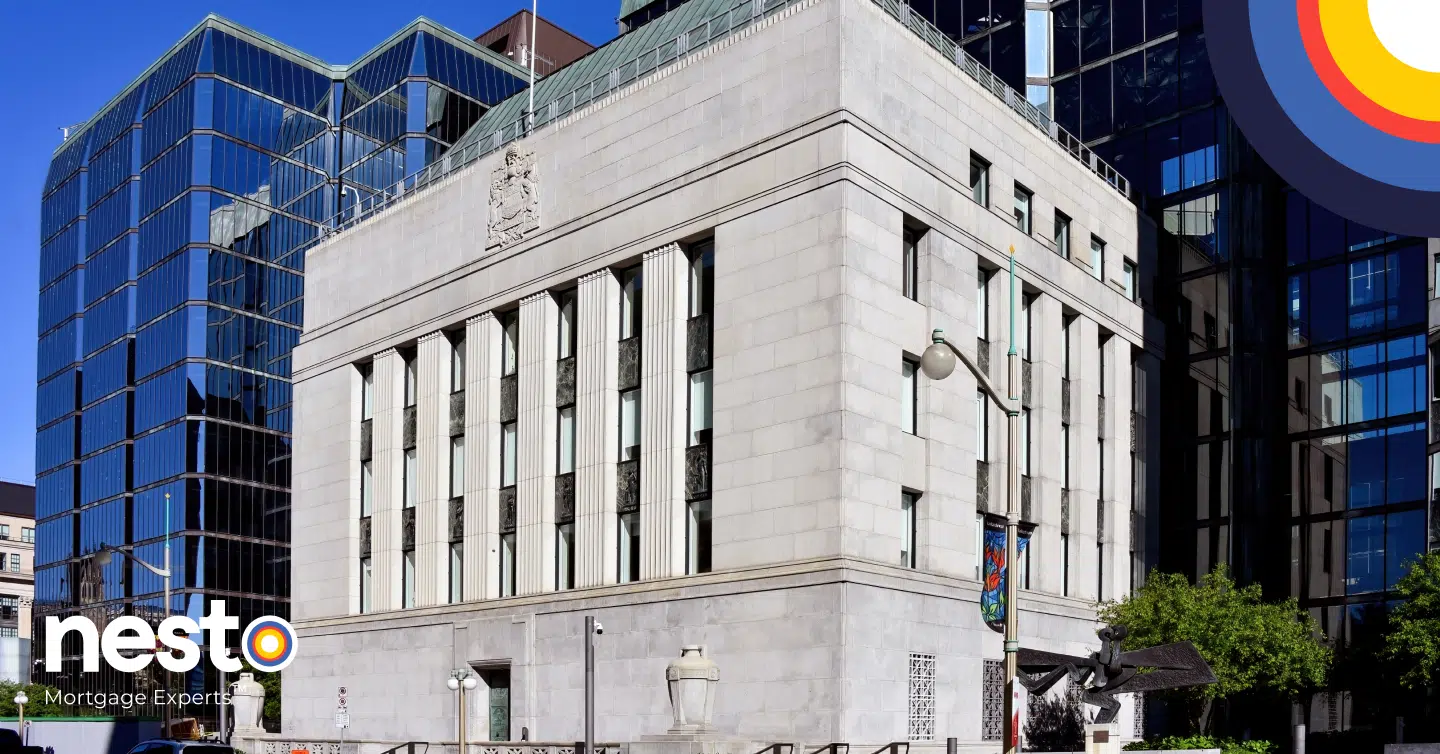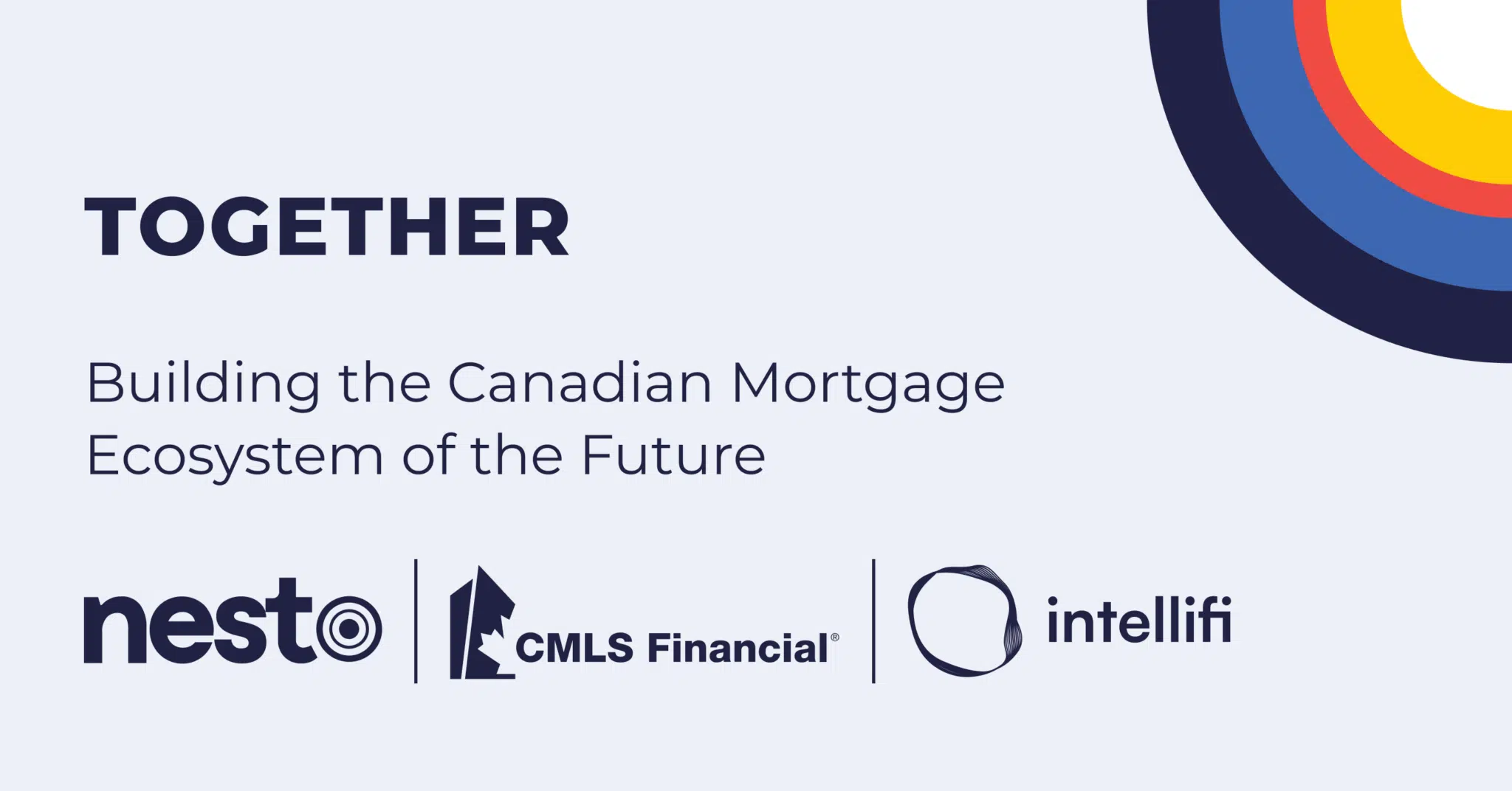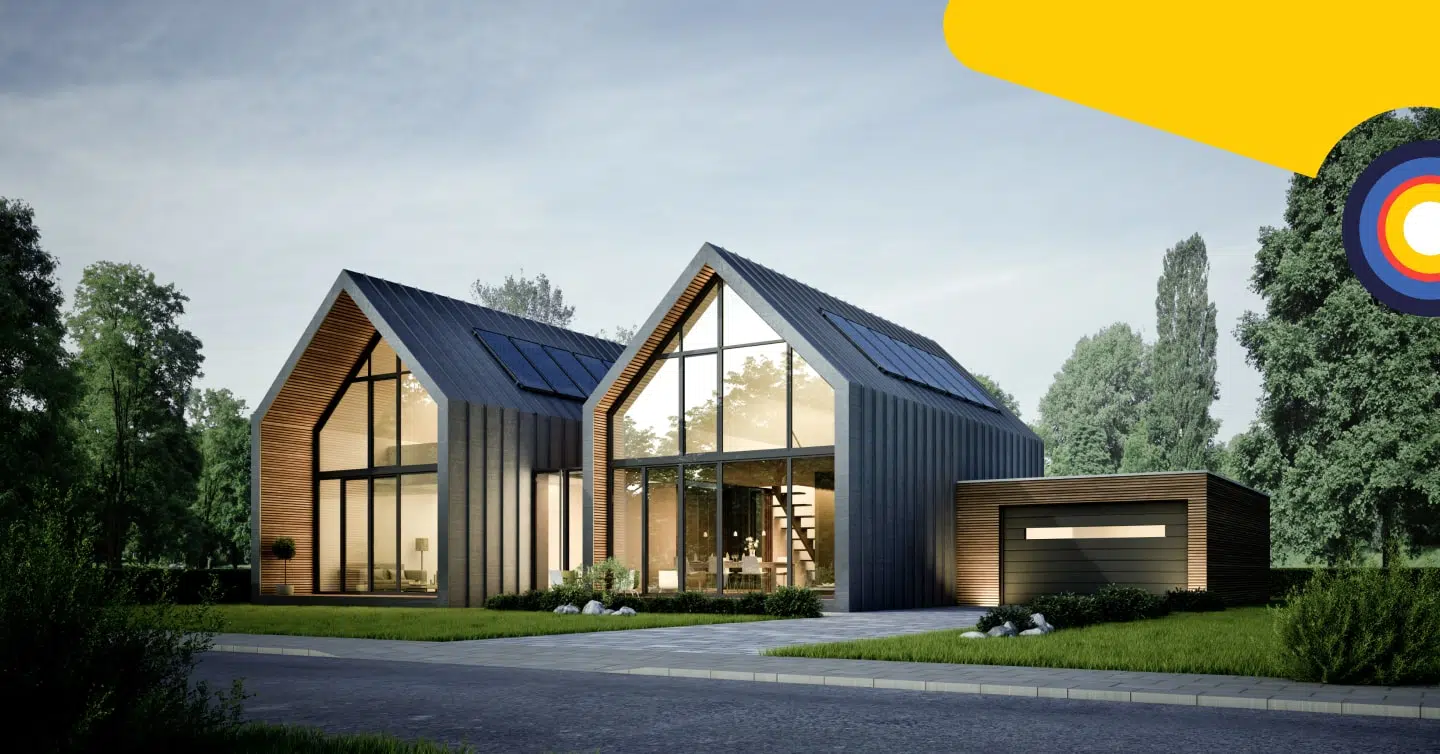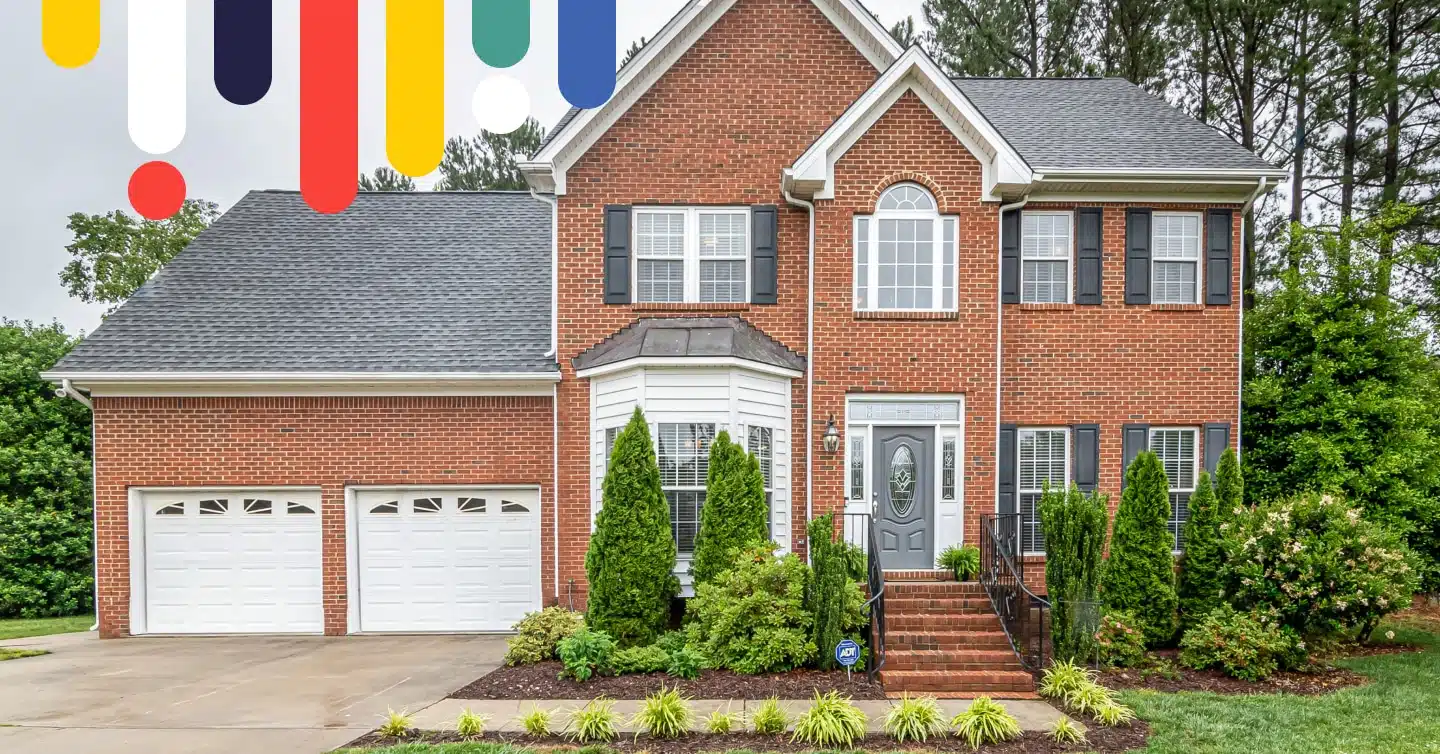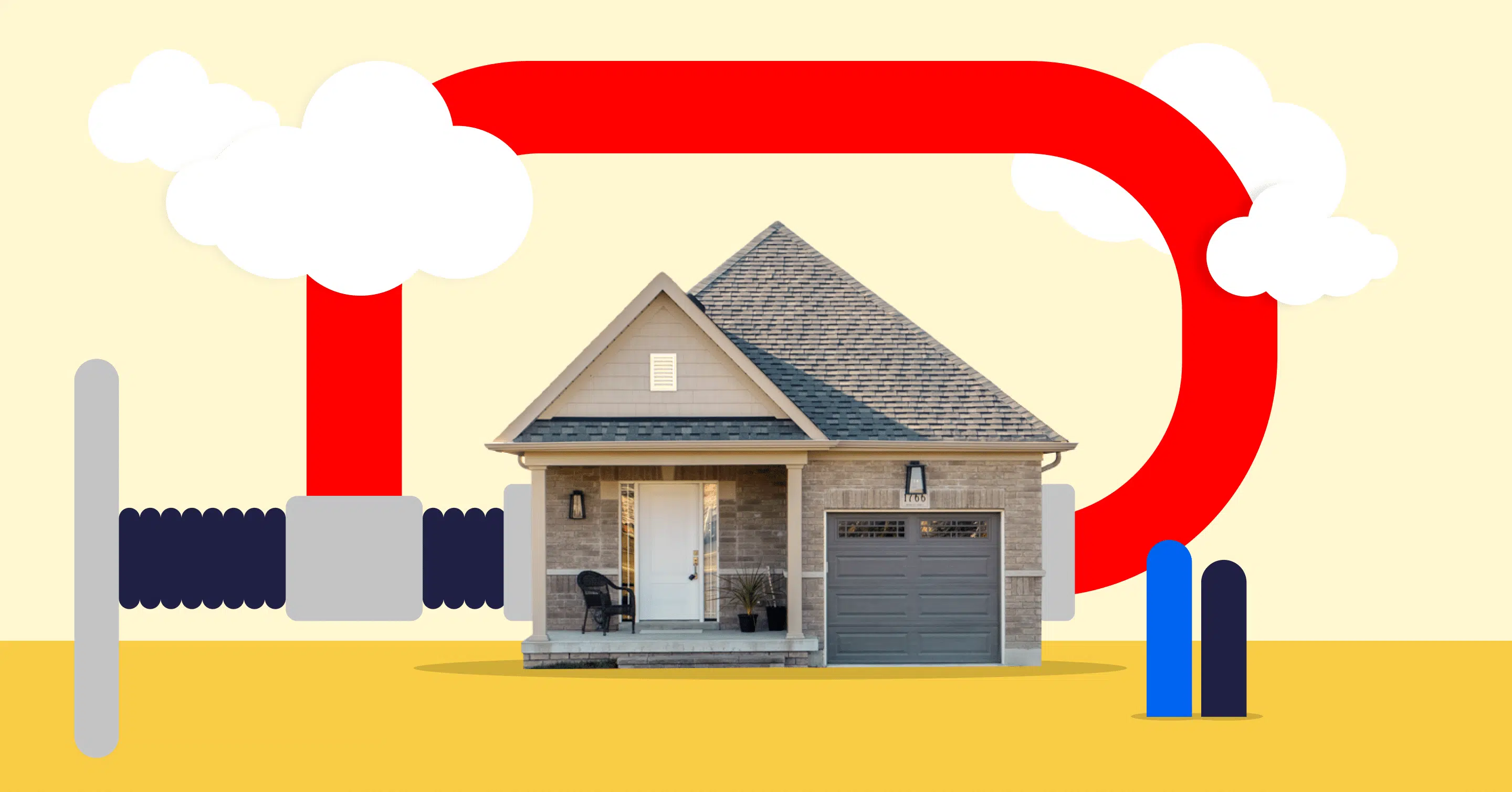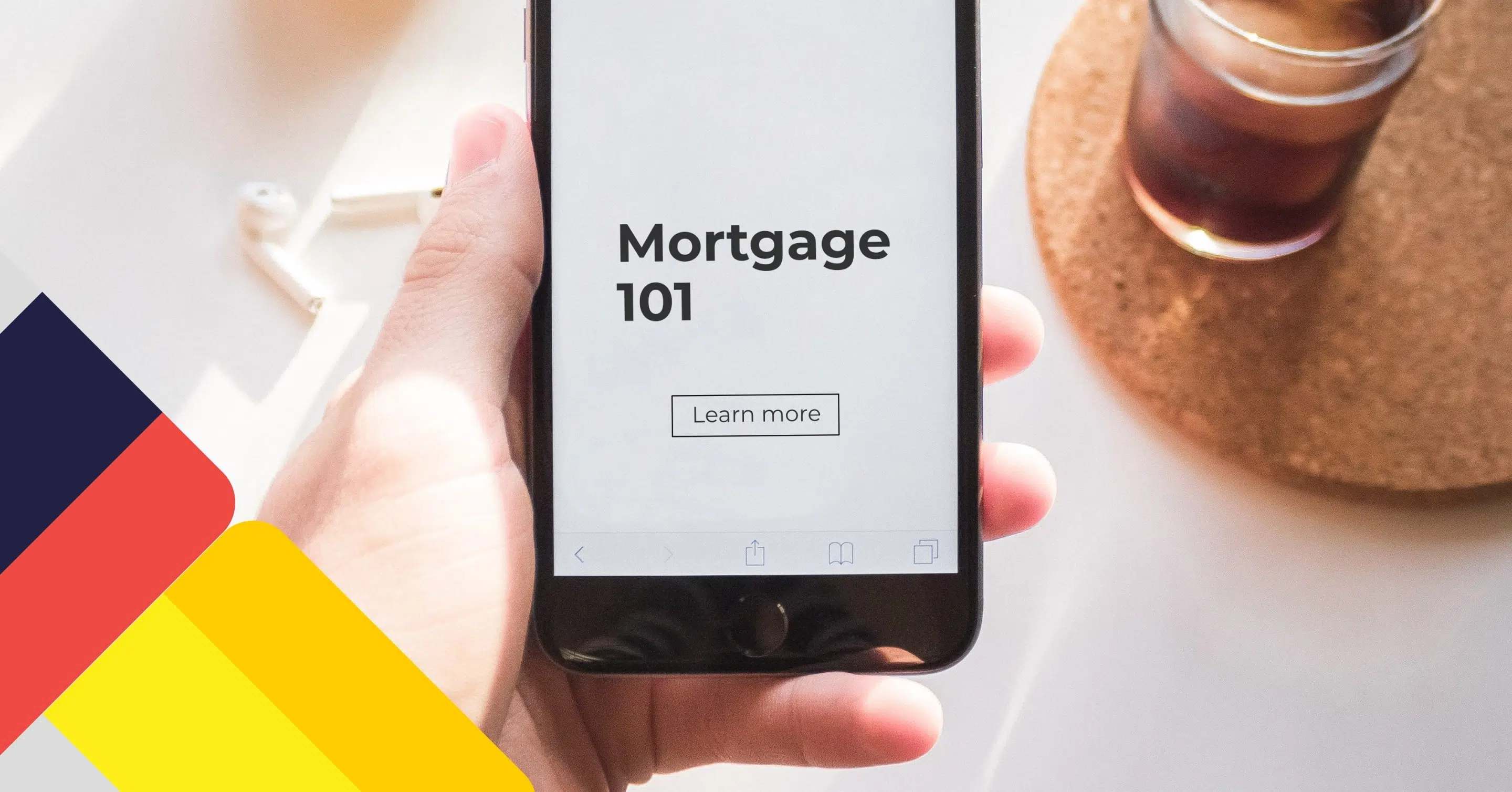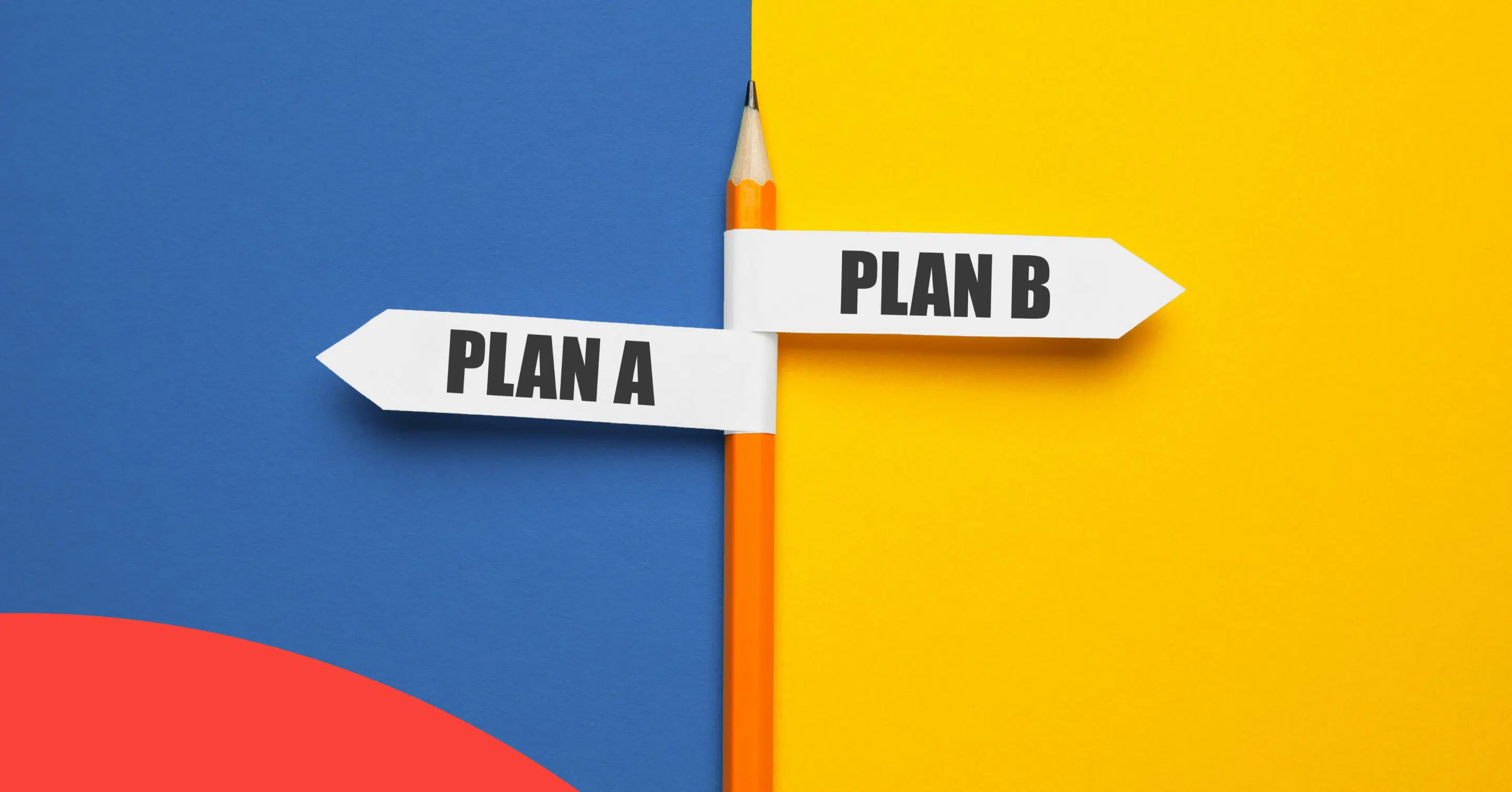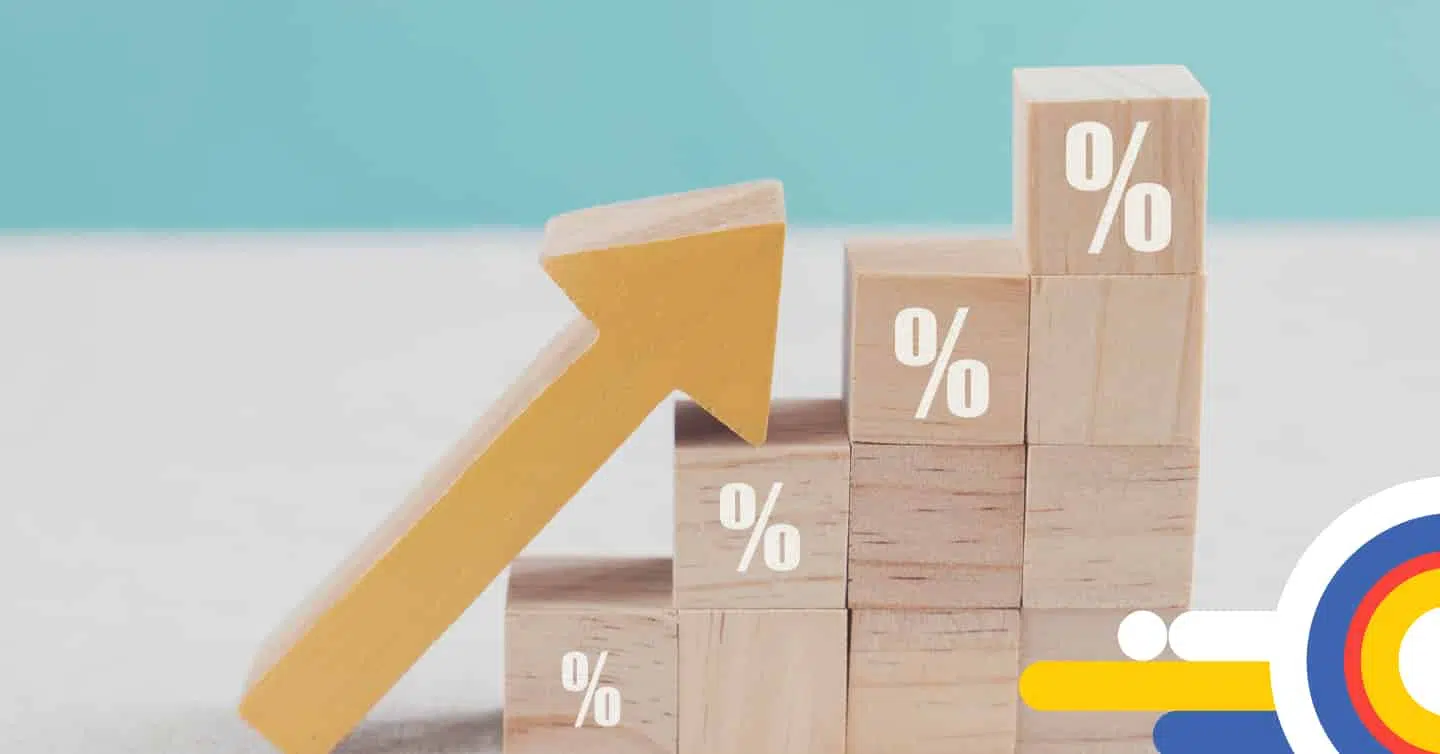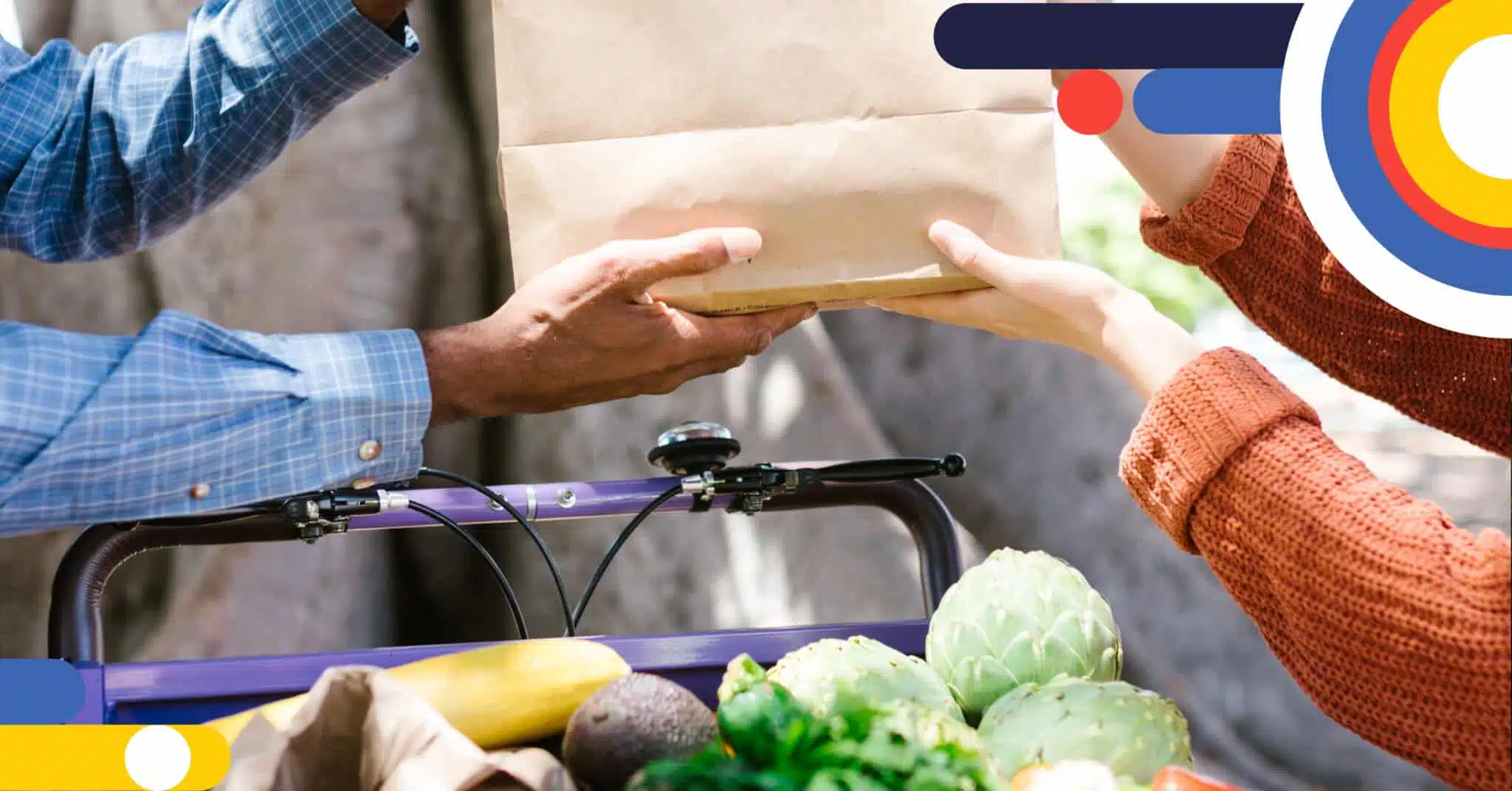Featured articles #Mortgage Basics
Featured articles #Mortgage Basics
Myth Busted: Do You Really Need a 20% Down Payment?

Table of contents
Many Canadians believe they need a 20% down payment to buy a home, but that’s not always true. This common myth can keep potential buyers on the sidelines longer than necessary, even when they already meet the requirements to get into the market. This can hold you back for years, especially as a first-time buyer who may already be eligible for a mortgage with far less saved.
In reality, many Canadians can buy a home with as little as 5% down. Whether you’re aiming for your first home or weighing options in a hot market, this guide will help you understand exactly how much you need and why 20% down isn’t the only path to homeownership.
Key Takeaways
- Canadians can buy a home with as little as 5% down, depending on the purchase price.
- Minimum down payment requirements vary based on the property’s purchase price.
- Mortgage default insurance is required when purchasing with a down payment of less than 20%.
What Are the Minimum Down Payment Requirements in Canada?
Before you get too deep into your home search, it’s helpful to know how much you’ll need to put down, and the number might surprise you. Minimum down payments are tiered based on the property’s purchase price, not a flat rate across the board. That means your required down payment could be significantly lower than 20%, especially if you’re shopping for a home below the $1.5 million mark.
- 5% for homes up to $500,000
- 5% on the first $500,000, plus 10% on the portion between $500,001 and $1,499,999
- 20% minimum on the full purchase price for homes priced at $1.5 million or more
Here’s how that works in a real example. If you’re buying a $750,000 home, you’ll need a minimum of 6.6% of the purchase price, based on the down payment requirements.
- 5% on $500,000 = $25,000
- 10% on the remaining $250,000 = $25,000
- Total minimum down payment = $50,000
- $50,000 / $750,000 = 6.6% down payment
Why the 20% Down Payment Myth Still Exists
The idea that a 20% down payment is required likely originated from the desire to avoid paying mortgage default insurance. This additional cost is added when buyers put down less than 20%. However, insured mortgages where buyers put down less than 20% are common, especially for first-time buyers. Insured mortgages are backed by Canada Mortgage and Housing Corporation (CMHC), Sagen, or Canada Guaranty.
How Mortgage Default Insurance Works
When you put down less than 20% on a home in Canada, you’re required to have mortgage default insurance. This protects the lender if you stop making mortgage payments. The premium is calculated as a percentage based on your loan-to-value ratio.
The smaller your down payment, the higher your premium will be. Most buyers choose to roll the cost into their mortgage. However, you can choose to pay the premium upfront to avoid paying interest on the amount. Even though you are required to pay the premium, insured mortgages often allow you to qualify for lower interest rates, which can help offset some of the cost of having the insurance premium.
| Down Payment | Home Price | CMHC Premium | Total Borrowed |
|---|---|---|---|
| 5% | $500,000 | $19,000 | $494,000 |
| 10% | $500,000 | $13,950 | $463,950 |
| 15% | $500,000 | $11,900 | $436,900 |
| 20% | $500,000 | $0 | $400,000 |
Find a better rate, and we’ll match it, beat it, or give you $500*.
*Conditions Apply
With nesto, it’s stress-free
Pros and Cons of Putting Less Than 20% Down
There are both advantages and disadvantages to making a smaller down payment. For many buyers, the pros often outweigh the cons, especially in housing markets with higher prices where saving 20% could take years or decades.
Pros:
- Enter the market earlier and start building equity.
- Keep more of your savings available for renovations or as an emergency fund.
- Insured mortgages typically come with lower interest rates.
Cons:
- You’ll pay a one-time mortgage insurance premium (added to your mortgage or paid upfront in cash).
- If the insurance premium is added to your mortgage, the higher loan amount could impact your ability to qualify under the lender’s debt service ratios.
- Alternative lending options are unavailable if your down payment is less than 20%.
When It Makes Sense to Put Down 20% or More
There are still some reasons borrowers aim for 20% down if their situation allows. While some borrowers won’t want to wait to have 20% to buy a home, there are certain situations where it can be a smart financial move. Putting down 20% or more opens up better mortgage options, helps avoid additional costs like default insurance, and provides greater flexibility when it comes to refinancing or switching lenders later on.
Here are scenarios where 20% down could be the right move, or a requirement:
- Buying a home over $1.5 million.
- To avoid mortgage default insurance premiums entirely.
- Planning to refinance and access equity.
- Looking for more flexible amortization options.
- Purchasing for investment/rental income
Frequently Asked Questions
Can I purchase a home in Canada with a 5% down payment?
Depending on the purchase price of the property, you can buy a home with 5% down as long as the purchase price is $500,000 or less.
Is it better to put 20% down?
Whether it’s better to put down 20% will depend on your situation. If you have the savings to do so, it may be beneficial to put down 20% or more of the purchase price. While putting 20% down avoids mortgage insurance and lowers your monthly payments, many buyers prefer to put less down to enter the market sooner or keep savings intact.
What happens if I have less than 20% down?
If you have less than 20% to put down on a home, you will need to keep the purchase price under $1.5 million, and you’ll be required to have mortgage default insurance. This adds a premium to your total mortgage amount unless you pay it upfront. However, insured mortgages often help you qualify for better interest rates.
Can I use gifted money for my down payment?
Yes, gifted funds from an immediate family member are an accepted source for your down payment. You’ll need to have the funds in your or their account for at least 90 days before closing and provide a signed letter confirming the gift, which must also state that repayment is not expected.
Final Thoughts
The need for a 20% down payment to buy a home in Canada is one of the most persistent myths in personal finance. In reality, most buyers, especially first-time buyers, qualify with far less. Understanding what lenders require and how down payment requirements work, based on the property’s purchase price, can speed up your timeline for homeownership.
If you’re debating between putting 5%, 10%, or 20% down, or trying to figure out what strategy makes the most sense for your long-term financial health, you’re not alone. Contact a nesto mortgage expert to review your numbers and see how far your savings can take you.
Ready to get started?
In just a few clicks, you can see our current rates. Then apply for your mortgage online in minutes!
